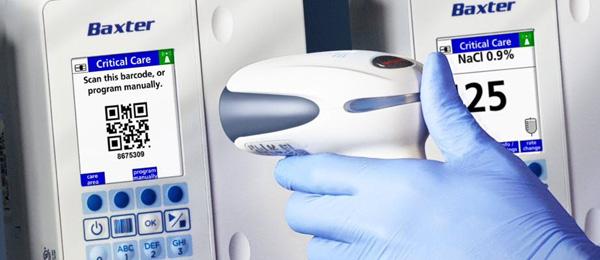The Connected Patient Room: Three Bets Hospitals Are Making
Healthcare is ever changing. While this constant evolution has led to breakthroughs and huge advancements in patient care, it can also make it challenging for healthcare teams to plan ahead. We asked our experts what educated bets hospitals are making today to prepare for tomorrow’s care — and how they can plan for it effectively.
Bet #1: The Nursing Shortage Will Get Worse Before it Gets Better
The Health Resources and Services Administration projects a shortage of 63,720 full-time RNs by 2030.1 Already, many hospitals are rolling out technology to better support their overburdened nursing teams, ranging from virtual nursing offerings to workflow automation designed to help nurses spend more time at the bedside.
Bet #2: Virtual Nursing Will Continue to Grow
A 2024 survey showed that 74% of hospital leaders believe virtual nursing is or will become integral to care delivery models in acute inpatient care — up from 66% in 2023.2 Tomorrow’s patient rooms will be designed to enable this virtual nursing support, helping to keep unit nurses and nursing assistants operating at the tops of their licenses.
Bet #3: We’ll Give More Power to the Patient
Driven by both caregiver shortages and patients’ evolving expectations, tomorrow’s hospital rooms will be designed to give patients more control over their comfort, care and environment. Digital patient engagement solutions are already available to help patients access personalized education, order meals, view on-demand entertainment and much more.3
Our Experts’ Advice
With so many unknowns, how can you start planning for the future of connected patient rooms now? A common theme emerged amongst our experts: to prepare for tomorrow’s technology, focus on the fundamentals today.

Decide what problem you are trying to solve.
“The biggest thing is to recognize that you’re not going to be able to do everything at once,” says Najia Khawar, Senior Director, Project Management Office. “Whether the challenges are operational or clinical, start by deciding what your top strategic priorities are, then back technology into them.”

Standardize your technology to support floating caregivers.
As nursing shortages continue, hospitals will rely on float pools or per-diem nurses to fill the gap. Standardizing the solutions they use throughout their shifts can go a long way in bringing these temporary team members up to speed quickly. “It may be as simple as knowing what a certain dome light color means outside a patient door,” says Mary Reagan-Zingler BSN, RN, Senior Manager, Enterprise Strategy & Informatics. “When the standards are the same across facilities, visiting nurses can spend less time training and more time caring for patients.”

Shore up your IT infrastructure now.
Before layering on new technology systems, make sure you have the core components in place — and up to date — to support them. “It’s a shame to see hospitals install a new system and then run into issues because of something preventable like an outdated wireless network,” says Khawar. “When you prioritize that infrastructure today, you can not only be ready for new technology investments tomorrow, but you can make those roll-outs smoother and more cost-effective.”

Use what you’ve got.
Quick wins can be hard to come by in healthcare, but a good place to start is by finding out whether you’re fully leveraging the technology you already have. “A few simple questions may uncover major opportunities,” notes Khawar. “Are you using all the reporting capabilities a system offers? Have you turned on optional monitoring features? Clinicians are busy, and it’s easy for them to overlook features that could help them. Start by fully operationalizing the technology you have before you layer more onto it.”

Prioritize your people.
Consider the unique make-up of your team, and how technology might support it. “The nursing profession is increasingly multigenerational, and different generations may benefit from different types of support,” says Reagan-Zingler. “More seasoned nurses may be more comfortable with bedside care, while younger nurses may be more comfortable with technology. If you can find solutions to address their different needs, you can make a major impact on their effectiveness — and your bottom line.”
Today and Tomorrow, People Come First
Whatever the connected patient room of the future looks like, there is one priority we all share: the people inside it.
“All the technology in the world will never replace caregivers,” points out Reagan-Zingler. “There are so many ways connected patient rooms can make care more effective, and we’re here for all of them — but we will always prioritize the human being delivering the care to the human being who needs it. That’s the point of all of this.”

Najia Khawar, Senior Director, Baxter Project Management Office
At Baxter, Najia leads a national PMO overseeing complex healthcare technology deployments across hospitals and health systems. With over 15 years of experience in healthcare operations and digital transformation, she specializes in professional services strategy, connected care implementations, and building high-impact partnerships with leading IDNs.



